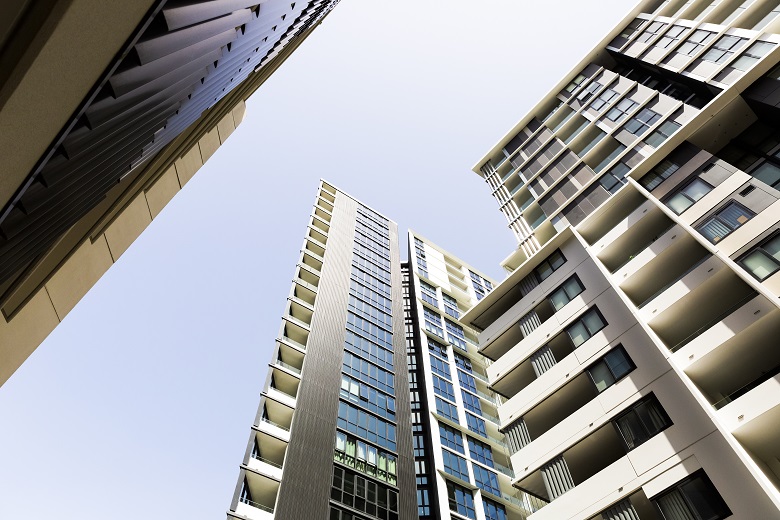
Planning restrictions in NSW are driving up the cost of Sydney apartments by 68 per cent, according to a discussion paper by the RBA.
This is disproportionate to costs in other states, the paper, titled The Apartment Shortage, says, and compares to 20 per cent in Melbourne and just 2 per cent in Brisbane.

RBA research economists Keaton Jenner and Peter Tulip measured excess demand for apartments across Australian cities by looking at the difference between what homebuyers are prepared to pay for an apartment and what it costs to deliver.
They estimated the average cost of a new apartment in Sydney is $873,000, although it costs $519,000 to supply, amounting to a gap of $355,000, or 68 per cent of costs.
In Melbourne the gap is $97,000 and it’s $10,000 in Brisbane.
“The large gaps are sustained by planning restrictions,” the researchers report.
“Planning restrictions regulate the supply of apartments and hence drive up their price. This effect can be measured by the difference between the price of new apartments and the cost of supplying them.”
They says the results have obvious implications for housing policy and town planning, as well as helping explain the dynamics behind housing prices.

Developers call for reform
Urban Taskforce has seized on the paper, saying it shows the state’s planning system is contributing to shortages.
CEO Tom Forrest says the report shows the gap is related to the time taken to obtain approvals and the risk associated with them, and highlights the need for significant reform of the state’s planning regulations.
“The additional costs are due to the excessive time taken to obtain approvals in the NSW planning system and the high degree of risk associated with approvals, despite the strong demand for new apartments,” he says.
The paper advocates constructing taller buildings in metropolitan Sydney rather than increasing medium density housing, saying this makes the most economic sense as a solution to the city’s apartment shortage.
It says the shortage of apartments is worst in inner Sydney, where height limits restrict construction, and high-rise constructions offer a less costly way of supplying more housing because they don’t include the costs of extra land.
The paper says the optimal height for a building in economic terms is 20 stories.
“As building height increases … the per-apartment cost of land declines while construction costs increase,” it says.
“So, above a certain height, tall buildings become more costly to build than more, shorter buildings. In Sydney … this crossover point occurs at 20 storeys, much higher than the typical apartment building, which is 10 storeys.”
It says the cost advantage of taller buildings is biggest in inner Sydney where land costs are high.
Mr Forrest said NSW policy makers need to take note of the research.
“The RBA’s independent confirmation of the excessive costs associated with the NSW planning system presents an opportunity for the NSW government to cut housing prices by approving more supply and allowing for more height,” Mr Forrest said.
“This important piece of independent research cannot be ignored.”
Comment below to have your say on this story.
If you have a news story or tip-off, get in touch at editorial@governmentnews.com.au.
Sign up to the Government News newsletter